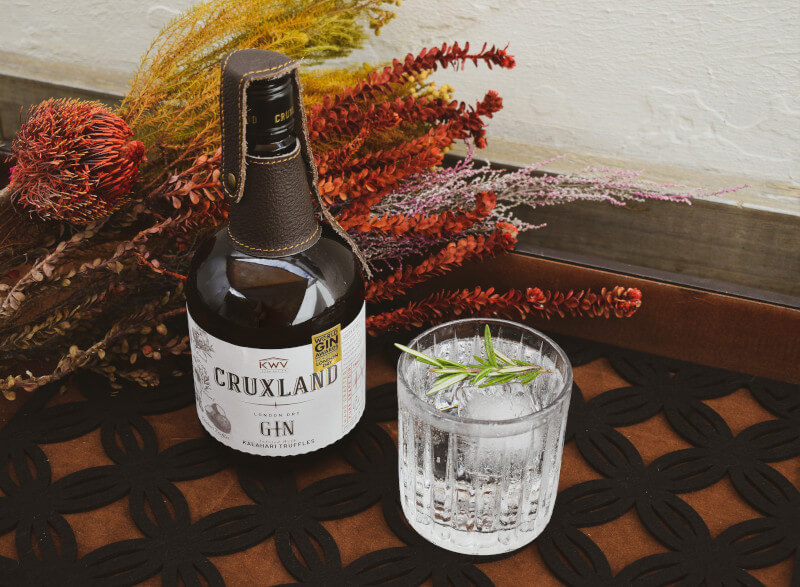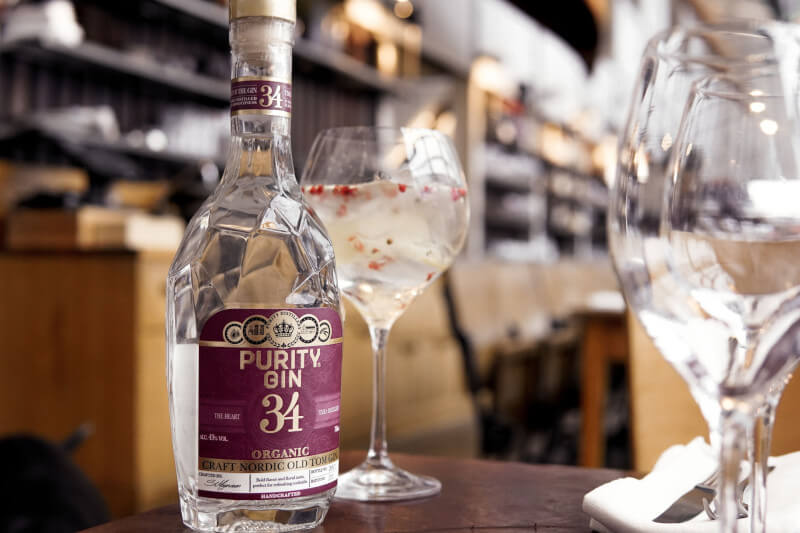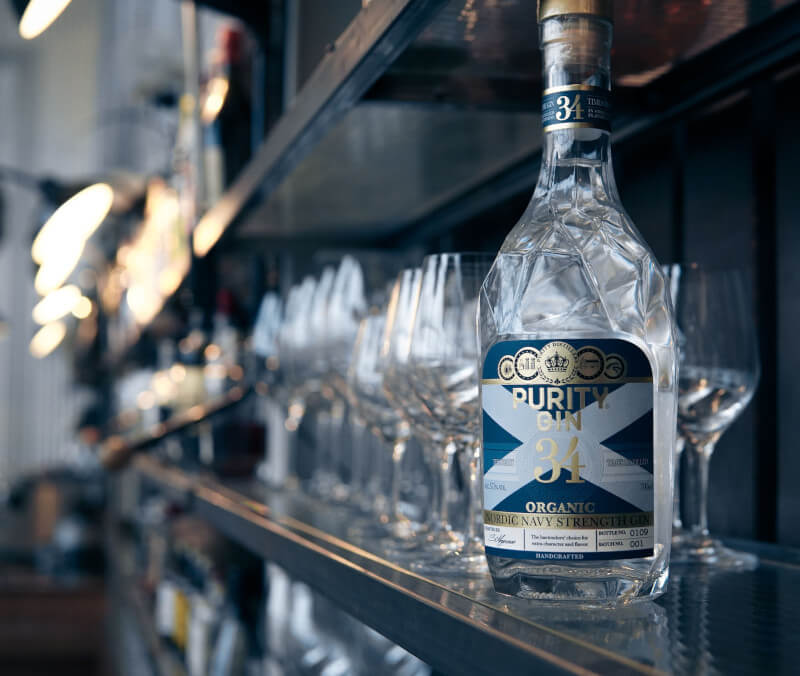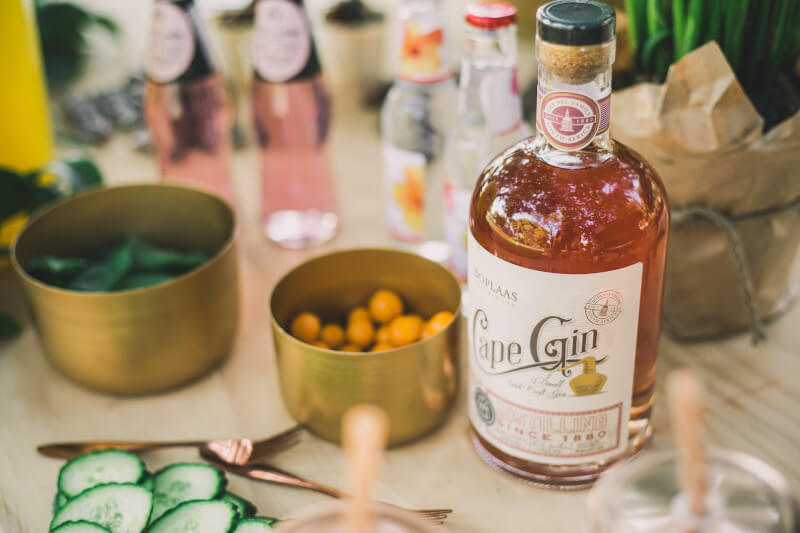Gin, that refreshing spirit tinged with the taste of juniper berries and an array of botanicals, has been a beloved drink across the globe for centuries. It’s evolved in diverse ways, with different countries giving it their twist. Let’s set the record straight: If it lacks juniper, it isn’t gin, at least not in the U.S. and many major spirit-producing nations. That foundational fact makes gin intriguing, considering the wide berth gin makers have beyond this primary ingredient.
Crafting gin is both a science and an art. While vodka can come from any primary ingredient, gin frequently starts with fermented grain. But the magic truly starts with the botanicals. Common additions include coriander, angelica, orris root, and lemon peel, among others. Yet, these are just the basics. Each gin has its distinct aroma and taste due to the multitude of potential botanical combinations.
London Dry Gin

Think of gin, and the odds are you’re picturing a London Dry. It’s light, crisp, and juniper-heavy. But don’t be misled by its name. The “London” in its title doesn’t necessarily denote its origin. Instead, this gin style signifies a seal of quality, originating from a time in Victorian-era London when distillers, wary of the negative reputation of low-quality production, decided on a gold standard for gin.
Ryan Wainwright, North American brand ambassador for Bombay Sapphire, shared, “The process and the exclusion of post-distillation additives are paramount to this style.” In the EU, for instance, only water and a tiny hint of sweetener can be added post-distillation. Craft distillers have been keen on revisiting this classic gin type.
While London Dry gin emphasizes the prominence of juniper flavors, craft versions often introduce a twist by utilizing locally sourced junipers or complementing them with regional botanicals. This local approach gives a fresh take on a traditional flavor, appealing to both gin purists and new enthusiasts.
Must-try Bottles: Beefeater, Tanqueray, Bombay Sapphire
Modern/Non-Traditional Gins

These gins break convention. While juniper remains present, their unique flavors emerge from uncommon botanicals like seaweed and lemongrass. Marsh Mokhtari, co-owner of LA’s Grey Whale Gin, mentioned that “new American” gin originally referenced spirits produced during Prohibition, flavored with juniper oil and tree resins. The modern labels, however, differentiate them from the traditional London Dry.
The trend towards craft gins aligns perfectly with this category. Craft distilleries are particularly well-positioned to experiment with unconventional botanicals. For instance, a distillery based near the coast might use seaweed, while another in a more agricultural setting might employ farm-fresh herbs or fruits.
Gins to Sample: St. George Terroir Gin, Grey Whale Gin, Hendrick’s
Plymouth Gin
A milder, more versatile gin compared to London Dry, Plymouth stands out with its understated juniper notes, earthiness, and occasional hints of citrus. It has historical roots, dating back to 1793 in Plymouth, England. Molly Troupe, master distiller at Freeland Spirits, emphasized its unique nature, being produced by a single distillery, the Black Friars Distillery in Plymouth.
Go-to bottle: Plymouth
Old Tom Gin

This is your gin for a hint of sweetness, just a touch more than London Dry. Old Tom faded from the limelight but made a robust comeback during the cocktail renaissance of the 2000s. The style can vary, with Molly Troupe explaining, “An Old Tom gin can be a dry or contemporary gin with added sugar or higher licorice root amounts.” Craft distillers often cherish historical narratives. Plymouth and Old Tom gins, with their rich histories, are ripe for artisanal reinterpretation.
While maintaining the fundamental characteristics of these gin types, craft versions might emphasize organic ingredients or wood barrel aging for added depth and character.
Recommendations: Hayman’s Old Tom Gin, Ransom Old Tom Gin
Flavored Gins
Sloe gin is the poster child here, with blackthorn berry and sugar defining its character. They’re typically sweeter and bottled at a reduced proof. Depending on where you are, they may even be termed gin liqueurs. The craft movement in gin has significantly contributed to the resurgence of flavored gins. By infusing the spirit with local berries, fruits, or even spices, craft distillers have rejuvenated this category, making it more sophisticated and appealing to a broader audience.
Flavorful Picks: Greenhook Ginsmiths Beach Plum Gin Liqueur, Pomp & Whimsy Gin Liqueur
Navy Strength Gin

A bolder, overproof gin, it’s potent yet perfect in cocktails. As Marsh Mokhtari states, the term “Navy strength” stands for 114 proof, ensuring that even if gin spilled on gunpowder, it would still ignite. Craft distillers have embraced this overproof gin type, with its robust flavors and historical maritime connection. The higher proof provides a potent base, allowing the intricate flavors from the botanicals to shine through even when mixed in cocktails.
Bold Choices: Perry’s Tot Navy Strength Gin, Freeland Dry Gin
Genever
The forerunner of gin, Genever offers a blend of gin and whiskey traits. Both the Dutch and Belgians proudly consider this their national beverage. Interestingly, juniper isn’t the dominant player in its flavor profile. Given its distinction as an early form of gin, Genever has found favor among craft distillers looking to link back to the origins of gin-making. Craft versions often emphasize the malt wine component, lending a richer, grain-forward profile that resonates with whiskey enthusiasts.
Historic Tastes: Bols Genever, Old Duff Blended Dutch Genever
Barrel-Aged Gin
Unlike the crisp, clear gins that most people are familiar with, barrel-aged gins take on a golden hue from their time spent maturing in wooden casks. This aging process imparts depth and complexity to the spirit, often integrating notes of vanilla, caramel, or oak—flavors typically associated with whiskeys.
The idea of aging gin is not new. Historically, before the days of swift transportation, gin would sometimes take on the character of wood from the barrels it was shipped in. Modern barrel-aged gins intentionally replicate this process for the unique flavors it brings. “A marriage between the botanical world of gin and the robust character of whiskey,” remarks Alex Smith, a renowned distiller. “Barrel-aging reintroduces gin to its historic complexities while offering contemporary drinkers a richer experience.”
Tasting Profile: Expect a mingling of traditional gin botanicals with the warm notes introduced by the wood. Depending on the type of barrel used (e.g., ex-bourbon, sherry, or wine casks), the gin can also integrate fruitier or spicier undertones.
Bottles to Try: Few Spirits Barrel Gin, Citadelle Reserve Gin, and Martin Miller’s 9 Moons.
Organic Gins

With the organic movement permeating food and beverage sectors, gins made from organically grown ingredients have surfaced as a subcategory. These gins prioritize sustainability and purity, ensuring every sip is free from synthetic chemicals and pesticides. The demand for cleaner, more transparent products has led distillers to source organic botanicals and grains. While the methods are modern, the ethos is old-world, emphasizing a deep connection to the land.
Tasting Profile: While taste varies from brand to brand, organic gins often have a crisp, clean profile, allowing the natural botanicals to shine through without the interference of any residual chemicals.
Bottles to Try: Prairie Organic Gin, Organic Nation Gin, and Botanical Organic Gin.
The world of gin is vast and varied, and this guide offers just a glimpse. While gin has universal fundamentals, the variations in its preparation and flavoring make each type a unique experience. For Americans seeking a deeper appreciation of gin, understanding its diverse types is crucial. So, next time you’re at the bar or store, go beyond your usual pick and give another gin style a whirl. Your palate might just thank you.
